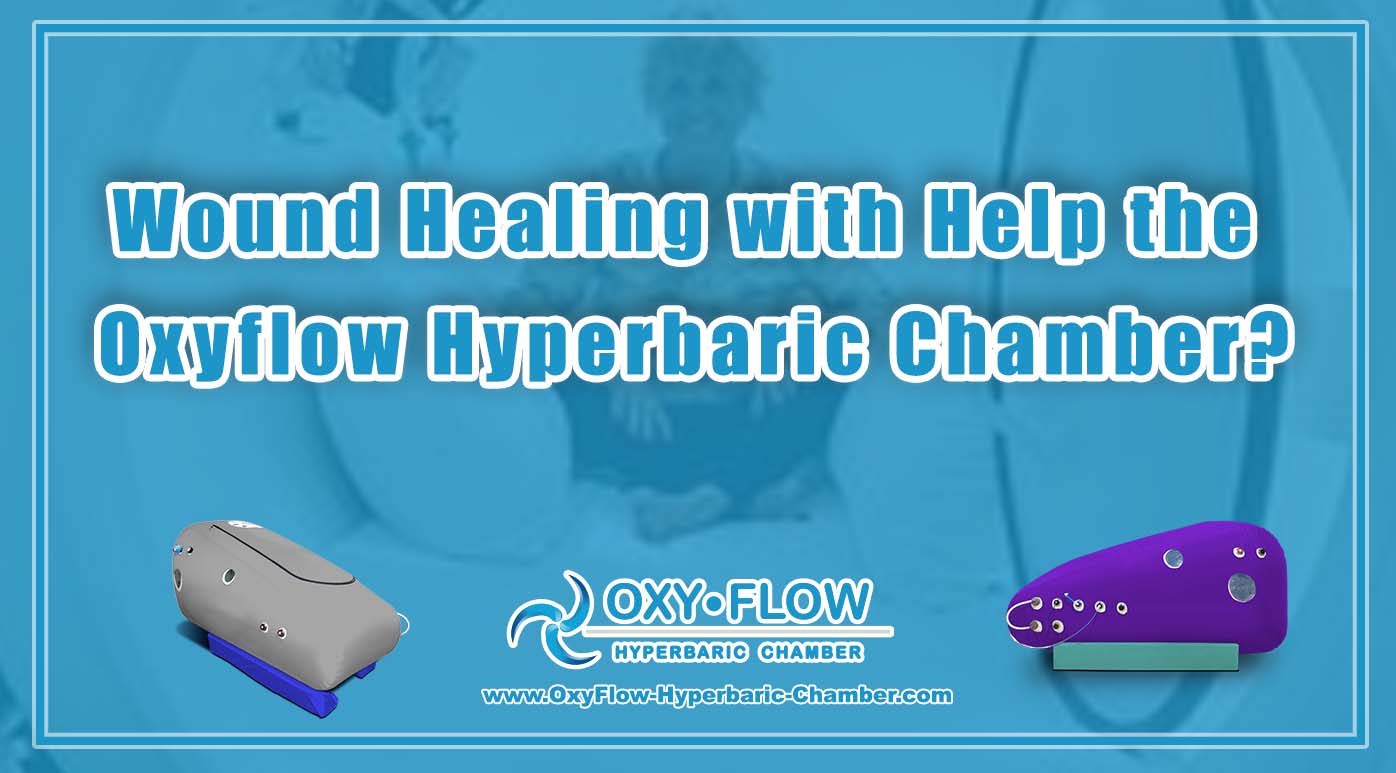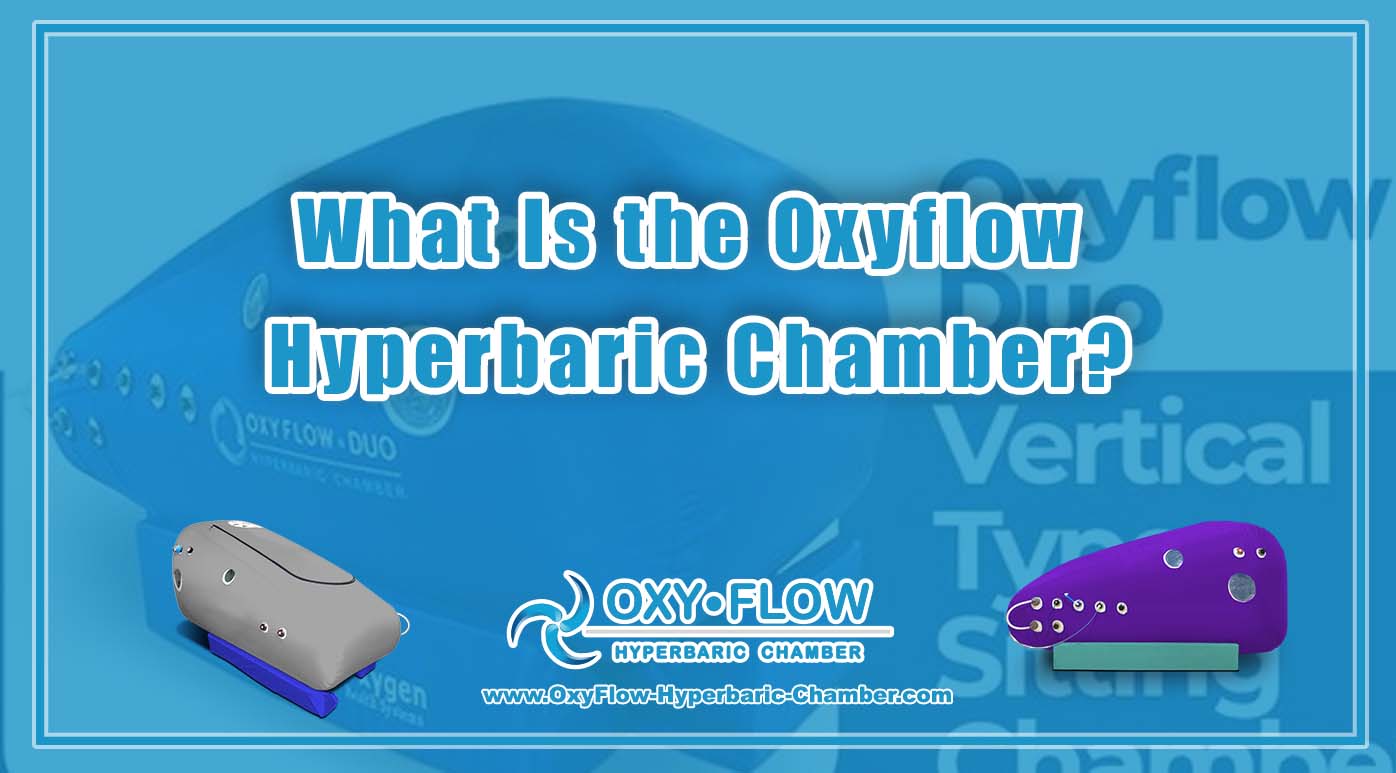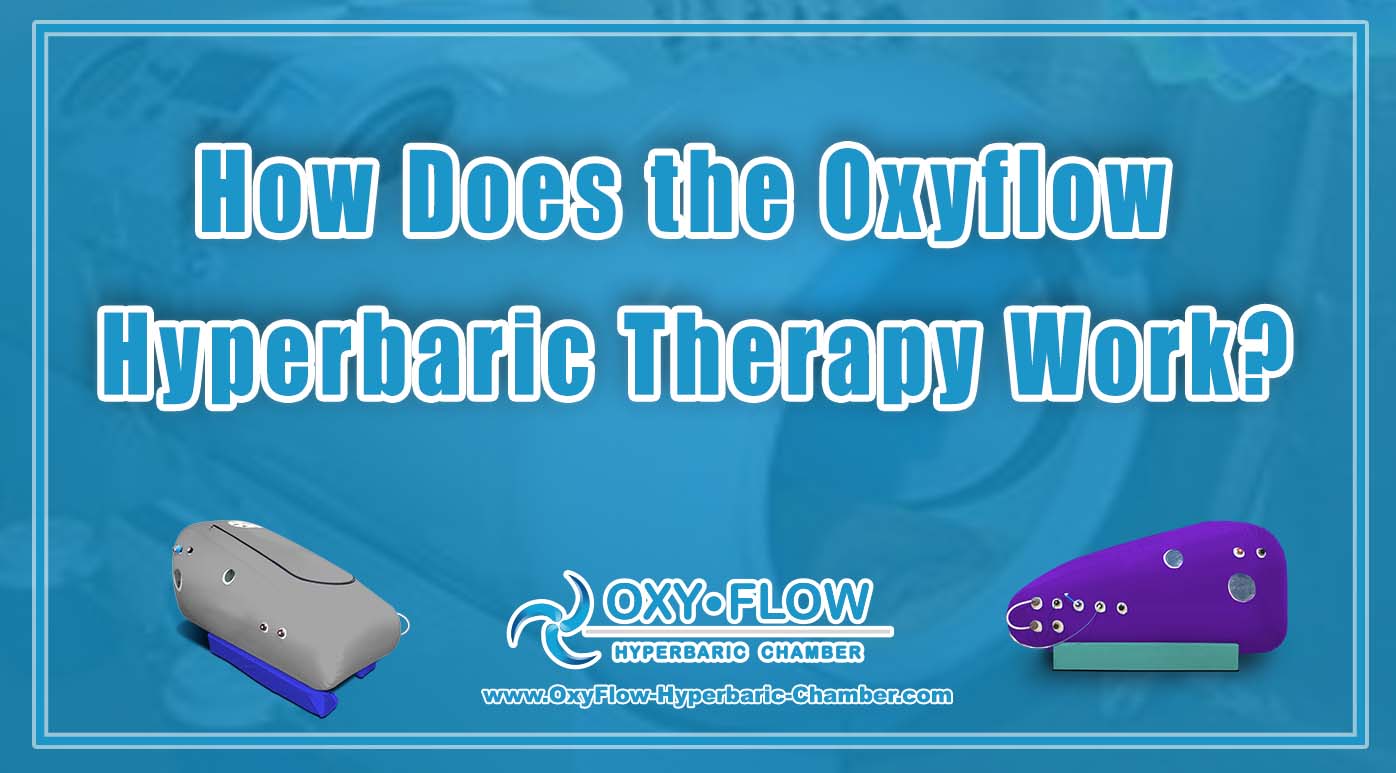
Wound Healing with Help the Oxyflow Hyperbaric Chamber?
Wound Healing with Help the Oxyflow Hyperbaric Chamber?

Does the Oxyflow Hyperbaric Chamber Help with Wound Healing?
Introduction.
Wound healing is a critical aspect of medical care, and finding effective treatments is essential. One therapy gaining recognition for its potential in wound healing is the Oxyflow Hyperbaric Chamber. In this article, we will explore the use of the Oxyflow Hyperbaric Chamber in healing, its mechanisms, and the research supporting its effectiveness.
Understanding Hyperbaric Oxygen Therapy (HBOT).
Before discussing its role in wound healing, it’s crucial to understand the basics of Hyperbaric Oxygen Therapy (HBOT):
1. HBOT Overview.
HBOT involves breathing pure oxygen in a pressurized chamber, allowing the body to absorb higher levels of oxygen. This process can promote healing and tissue repair.
How HBOT Aids Wound Healing.
Hyperbaric Oxygen Therapy, including the use of the Oxyflow Hyperbaric Chamber, can benefit healing in several ways:
1. Improved Oxygenation.
HBOT significantly increases oxygen levels in the bloodstream, promoting oxygen delivery to tissues. Oxygen is essential for cell growth and tissue repair, and this increased oxygenation can accelerate the healing process.
2. Enhanced Collagen Production.
Collagen is a key component of healthy skin and wound healing. HBOT has been shown to stimulate collagen production, which can lead to more efficient wound closure and reduced scarring.
3. Infection Control.
HBOT can help control and eliminate certain types of infections that may hinder healing. It creates an environment that is less conducive to the growth of harmful bacteria.
Research and Evidence.
Scientific research on the use of the Oxyflow Hyperbaric Chamber in wound healing is encouraging. Studies have demonstrated positive outcomes, including:
1. Faster Healing.
Many studies have reported faster wounds in patients treated with HBOT, especially in cases of non-healing wounds, diabetic foot ulcers, and pressure sores.
3. Improved Tissue Oxygenation.
Research has consistently shown that HBOT improves tissue oxygenation around wounds, supporting the healing process.
Considerations and Precautions.
While HBOT can be beneficial for wounds, it’s essential to consider the following:
1. Consultation with Healthcare Providers.
Consult with healthcare providers experienced in wound care and HBOT to determine if this therapy is suitable for your specific wound condition.
2. Individualized Treatment Plans.
healing is influenced by various factors, including wound type, size, and patient health. Treatment plans should be individualized to address specific needs.
3. Safety Measures.
Ensure that HBOT sessions are conducted in a controlled and safe environment, with trained professionals overseeing the process.
Conclusion.
The use of the Oxyflow Hyperbaric Chamber as part of Hyperbaric Oxygen Therapy shows promise in healing. Research suggests that HBOT can accelerate the healing process, reduce complications, and improve tissue oxygenation around wounds. However, it’s essential to approach this therapy under the guidance of experienced healthcare providers who can tailor treatment plans to individual needs. For those seeking effective wound healing solutions, the Oxyflow Hyperbaric Chamber offers a potentially valuable option in the United States.


